
What Wire Jewelry Works Best for Circular Beads
If you’re wondering what wire jewelry works best for circular beads, the key is choosing a wire gauge that fits the bead’s hole—typically 22–24 gauge for a flexible yet secure fit. Materials like sterling silver, gold-filled, or copper each bring their own shine and strength to your design. For shaping, dead-soft wire is ideal for intricate curves, while half-hard offers more structure. Be sure to select a finish and color that enhances your beadwork. For inspiration and vibrant ideas, check out our colorful jewelry collection.
Understanding Wire Gauges for Circular Beads
When working with circular beads in wire jewelry, selecting the correct wire gauge is essential for both structural integrity and visual balance.
You’ll want to examine bead hole sizing first; measure the diameter to ensure your chosen wire fits smoothly without stressing the bead.
For most circular beads, 22- to 24-gauge wire offers flexibility for intricate wire bending techniques and sufficient strength to hold form.
If you plan to create structural frames or support heavier beads, consider 18- to 20-gauge wire for added durability.
Always test the wire against your beads before starting the final design.
Comparing Wire Materials: Sterling Silver, Gold-Filled, and Copper
After selecting the appropriate wire gauge for your circular beads, it's equally important to evaluate the material properties of your wire. Sterling silver offers an elegant luster and moderate wire flexibility, making it suitable for intricate wrapping. However, it requires regular polishing to maintain tarnish resistance.
Gold-filled wire provides a luxurious appearance and excellent tarnish resistance, ideal for designs meant to last and retain their shine. Its flexibility is similar to sterling silver, allowing for delicate shaping without breaking.
Copper wire, on the other hand, boasts superior wire flexibility, which is perfect for sculptural forms, but it oxidizes quickly, compromising tarnish resistance.
When choosing between these materials, balance your design’s requirements for flexibility, durability, and maintenance to achieve the best results.
The Role of Wire Hardness in Bead Jewelry
Although wire gauge and material play significant roles in your jewelry's structure, wire hardness directly affects how your circular beads are secured and how your designs maintain their shape over time. When selecting wire, you must assess its malleability—how easily it bends without breaking or losing tension.
Softer wires, like dead-soft, offer excellent wire malleability, letting you shape intricate curves around circular beads. However, they may compromise bead stability, as they’re prone to distortion under stress. Half-hard or full-hard wires provide increased rigidity, ensuring your beads stay in place and your jewelry retains its intended form.
You’ll need to balance ease of manipulation with durability. Always match wire hardness to your design’s mechanical demands and the weight of your circular beads for ideal results.
Best Wire Choices for Stringing vs. Wrapping Techniques
Because wire jewelry design relies on both structural integrity and visual appeal, selecting the right wire type for stringing versus wrapping circular beads is essential.
For stringing, you'll want to use a flexible, medium-gauge wire such as 24-26 gauge dead-soft, which threads smoothly through bead holes while maintaining a clean line according to jewelry design principles.
In contrast, wrapping techniques demand a slightly thicker, half-hard wire—typically 20-22 gauge—offering the tensile strength needed for precise wire bending techniques and secure bead anchoring.
Assess the bead hole size before selecting your gauge. Always match your wire’s malleability to your design’s complexity: softer wires suit intricate curves, while firmer wires provide support for structural elements.
This approach guarantees durability and professional-quality results in your finished jewelry.
Matching Wire Color and Finish to Bead Styles
When you select wire color and finish for circular bead jewelry, consider how these elements interact to enhance or contrast with your bead styles. Examine the bead’s base color, surface luster, and transparency.
For gemstone or glass beads, match wire finishes—such as bright, matte, or antiqued—to complement or highlight the bead’s unique attributes. Metallic wire colors like gold, silver, and copper can create harmony or deliberate contrast depending on your design intent.
Always assess bead hole size and wire compatibility before finalizing your choices. If your bead holes are small, opt for finer gauge wires to maintain structural integrity without forcing the fit.
Conversely, larger bead holes may call for thicker or multiple wire strands, allowing you to play with bolder color and finish combinations.
Top Tips for Securing Circular Beads on Wire
To achieve both security and aesthetic appeal in your wire jewelry designs, you’ll need to master a few essential techniques for anchoring circular beads.
Start by selecting a wire gauge that offers the right balance of bead stability and wire flexibility—typically, 22 to 24 gauge works well.
Use a wire loop or wrapped loop at each bead end to prevent slippage.
For extra security, add a tiny seed bead as a stopper before and after each circular bead.
When stringing multiple beads, periodically twist the wire gently to tighten the structure without compromising flexibility.
Secure wire ends by tucking them neatly with pliers to avoid snagging.
Consistently check tension and spacing to maintain both the structural integrity and visual harmony of your design.
Frequently Asked Questions
Can I Use Wire Jewelry Techniques for Non-Circular Beads?
You can absolutely use wire wrapping techniques for alternative bead shapes. Adapt your approach by considering bead contours and hole placement. Experiment with custom wire settings or cages to securely showcase unique, non-circular beads in your jewelry designs.
How Do I Clean Wire Jewelry With Circular Beads?
To perform bead cleaning and proper jewelry maintenance, gently wipe your wire jewelry with a soft, lint-free cloth. For deeper cleaning, use mild soap and water, ensuring you thoroughly dry the circular beads to prevent wire tarnish.
Are Certain Wire Types Hypoallergenic for Sensitive Skin?
When selecting hypoallergenic options, you’ll want to prioritize niobium, titanium, or surgical stainless steel wire. These minimize sensitive skin considerations, reducing irritation. Always choose wire labeled “nickel-free” to guarantee your jewelry design remains both comfortable and stylish.
What Tools Do I Need for Making Wire Jewelry With Circular Beads?
To work with circular beads, you'll need round-nose pliers, chain-nose pliers, wire cutters, and a bead mat. These tools support bead selection and precise wire wrapping techniques, ensuring your designs are both secure and visually appealing.
How Do I Repair Broken Wire Jewelry With Circular Beads?
To repair broken wire jewelry with circular beads, first assess bead size compatibility, then select an appropriate wire gauge. Use round-nose pliers to re-thread beads, ensuring secure wire wrapping. Finish with crimp beads for added durability and design integrity.
Conclusion
When designing with circular beads, you’ll want to match wire gauge, material, and hardness to your project’s structural needs and aesthetic goals. Use finer gauges for stringing and heavier wires for wrapping, always considering bead hole size. Choose wire finishes and colors that complement your bead palette for cohesive results. Secure beads with professional techniques like wire guards or wrapped loops to guarantee durability. Thoughtful wire selection elevates both the function and visual impact of your jewelry designs.







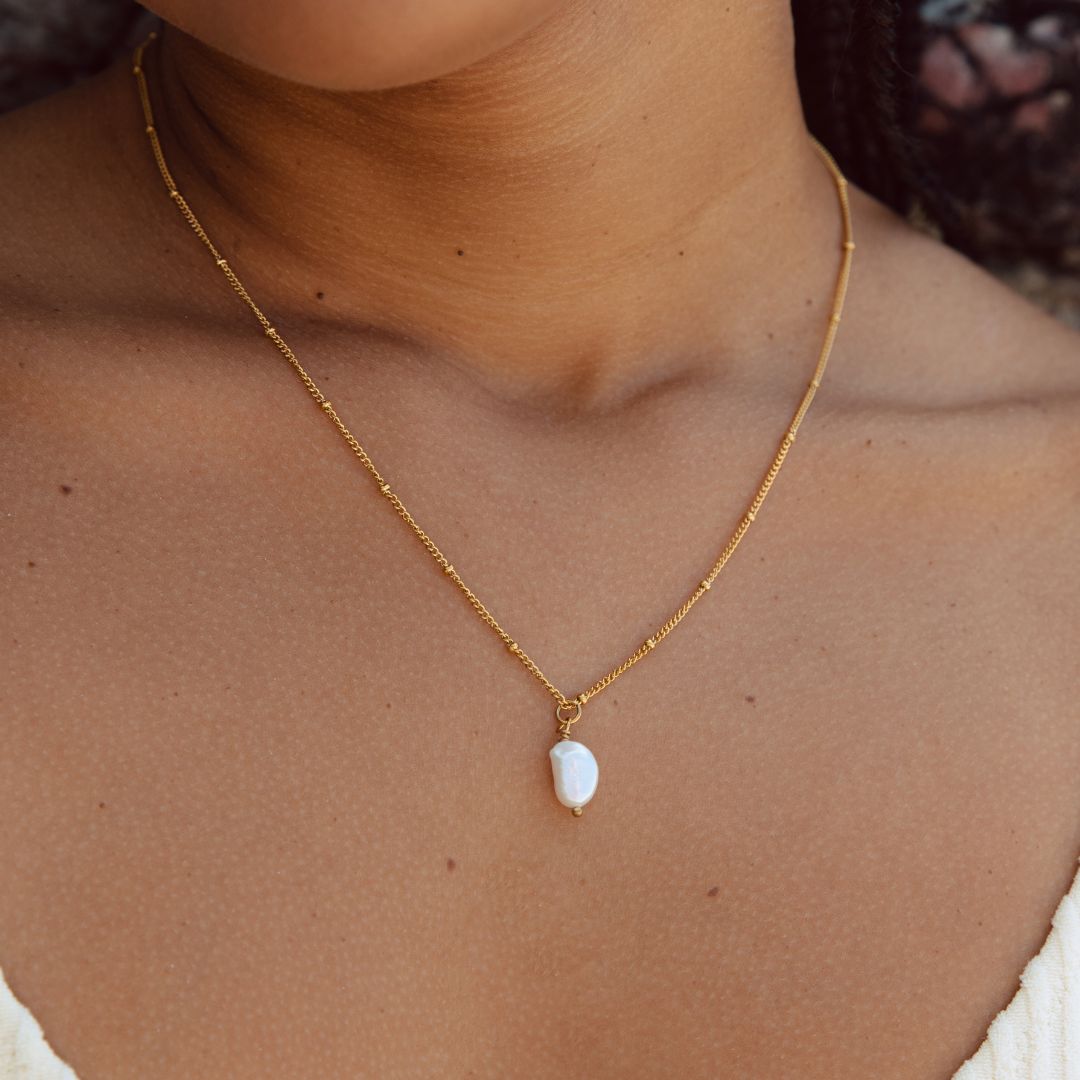

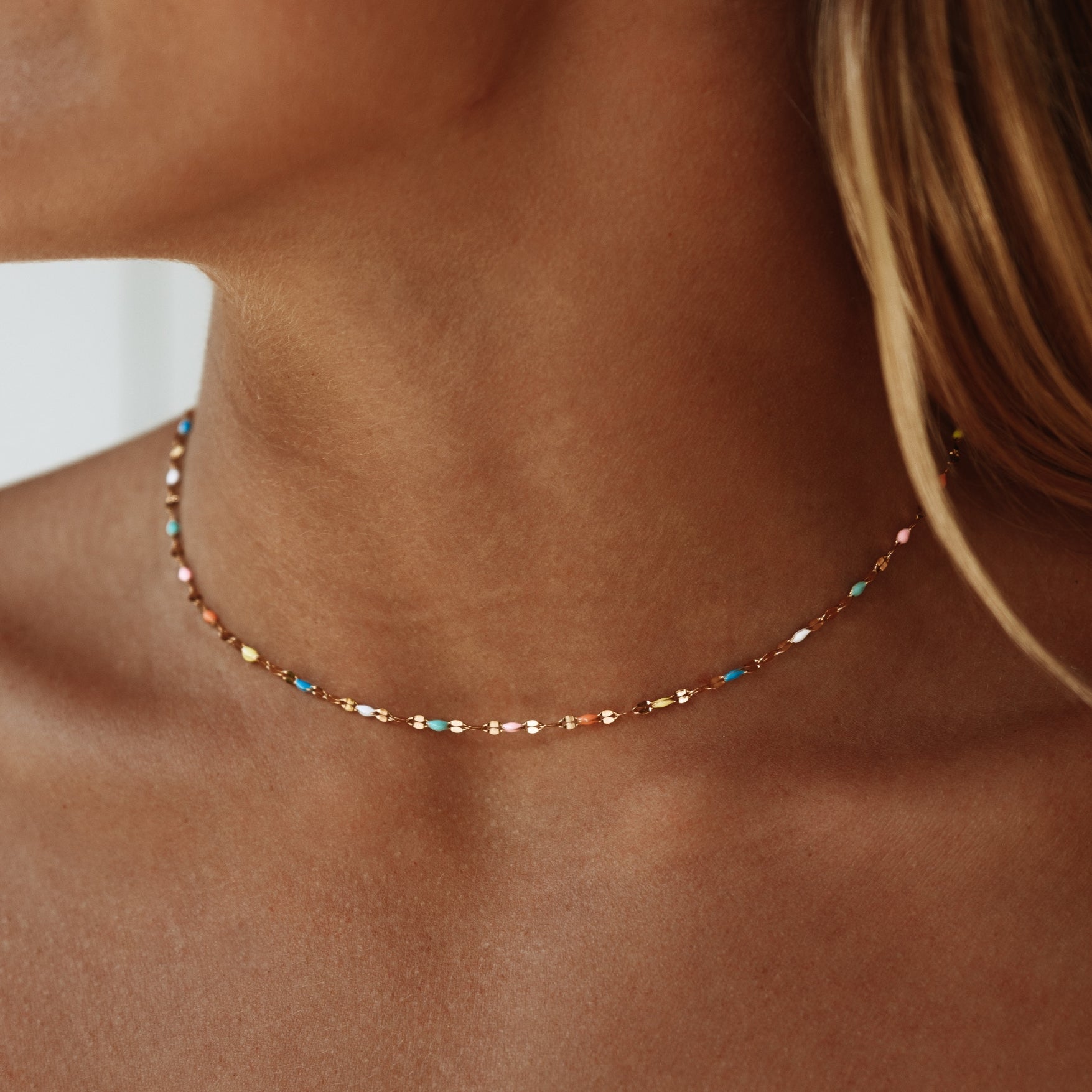


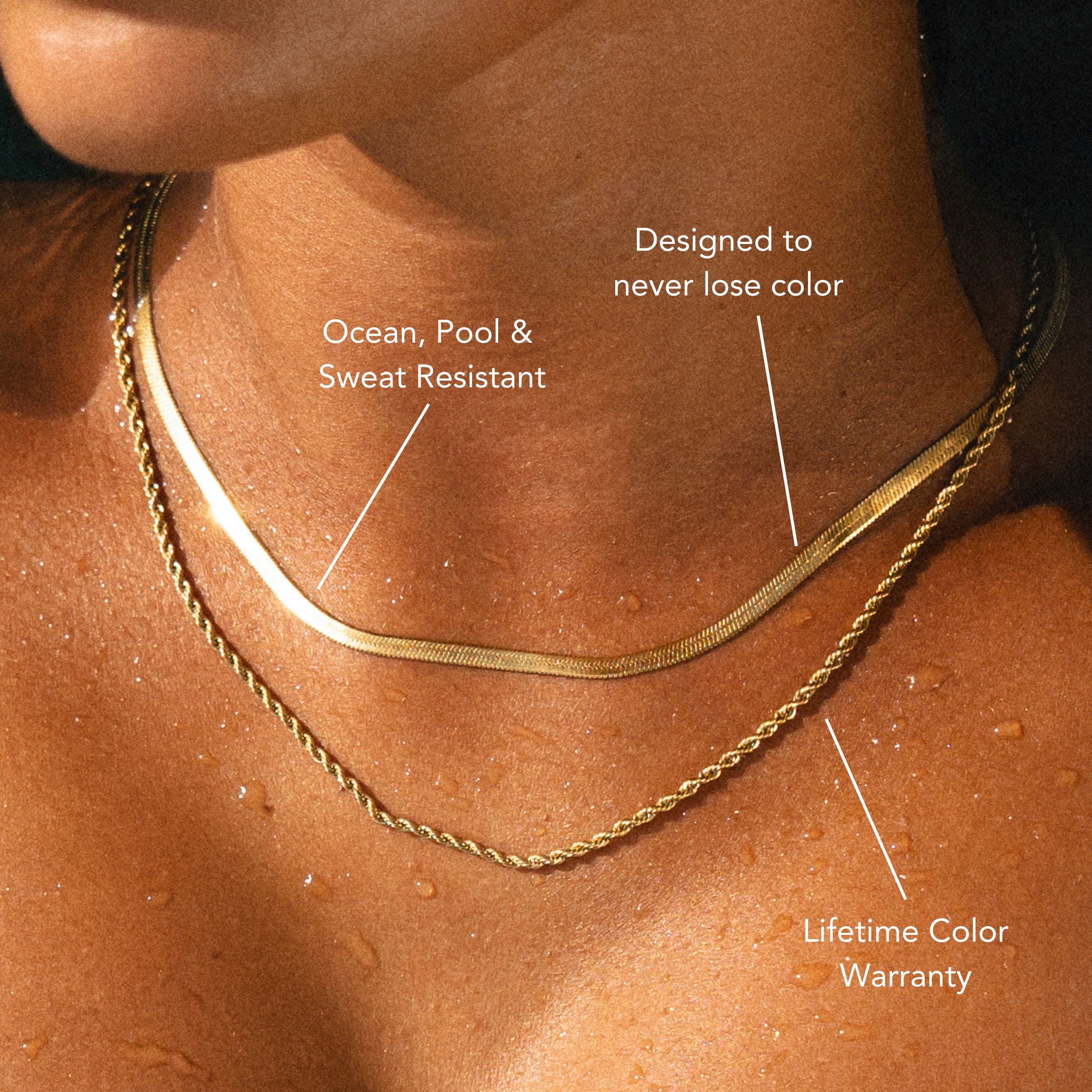
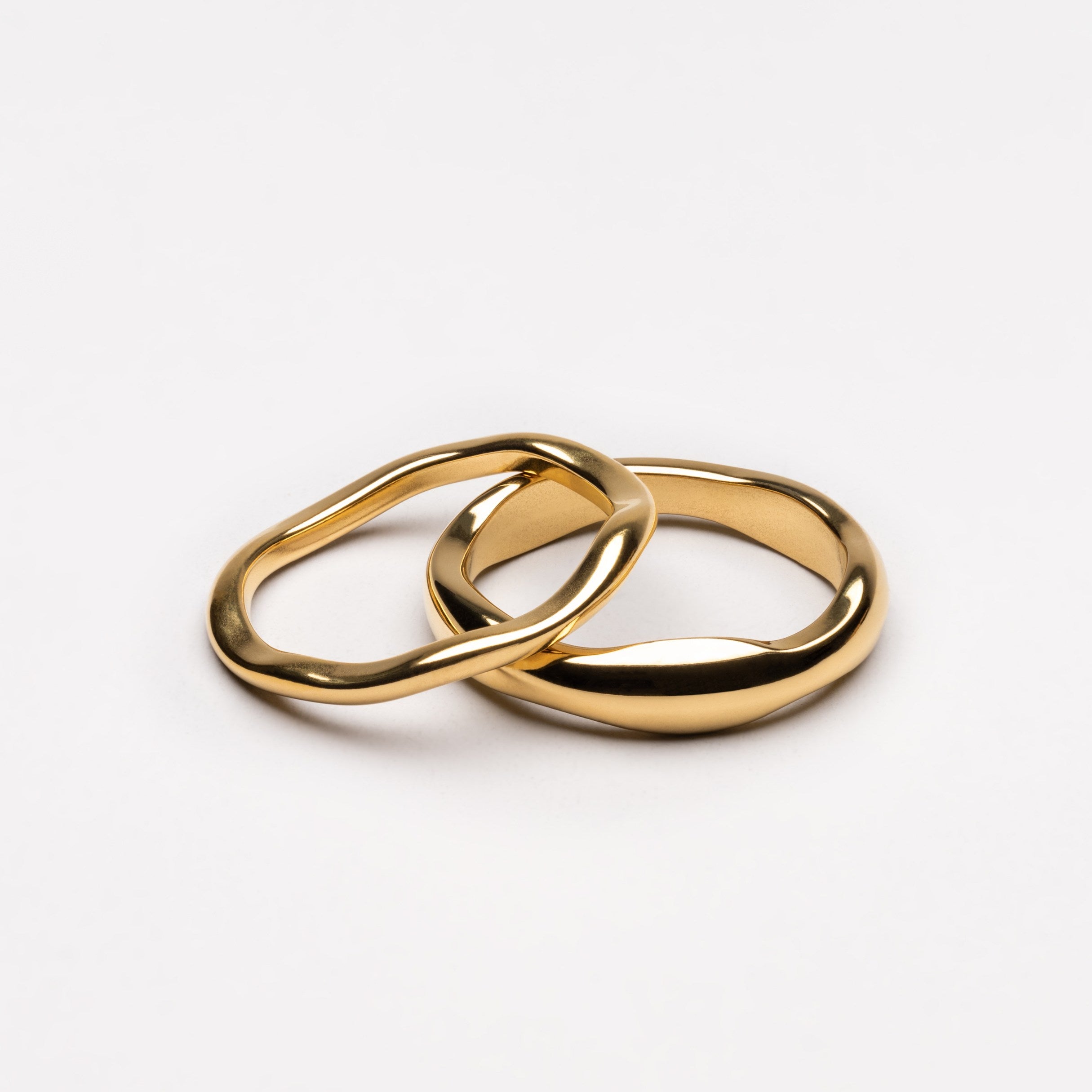
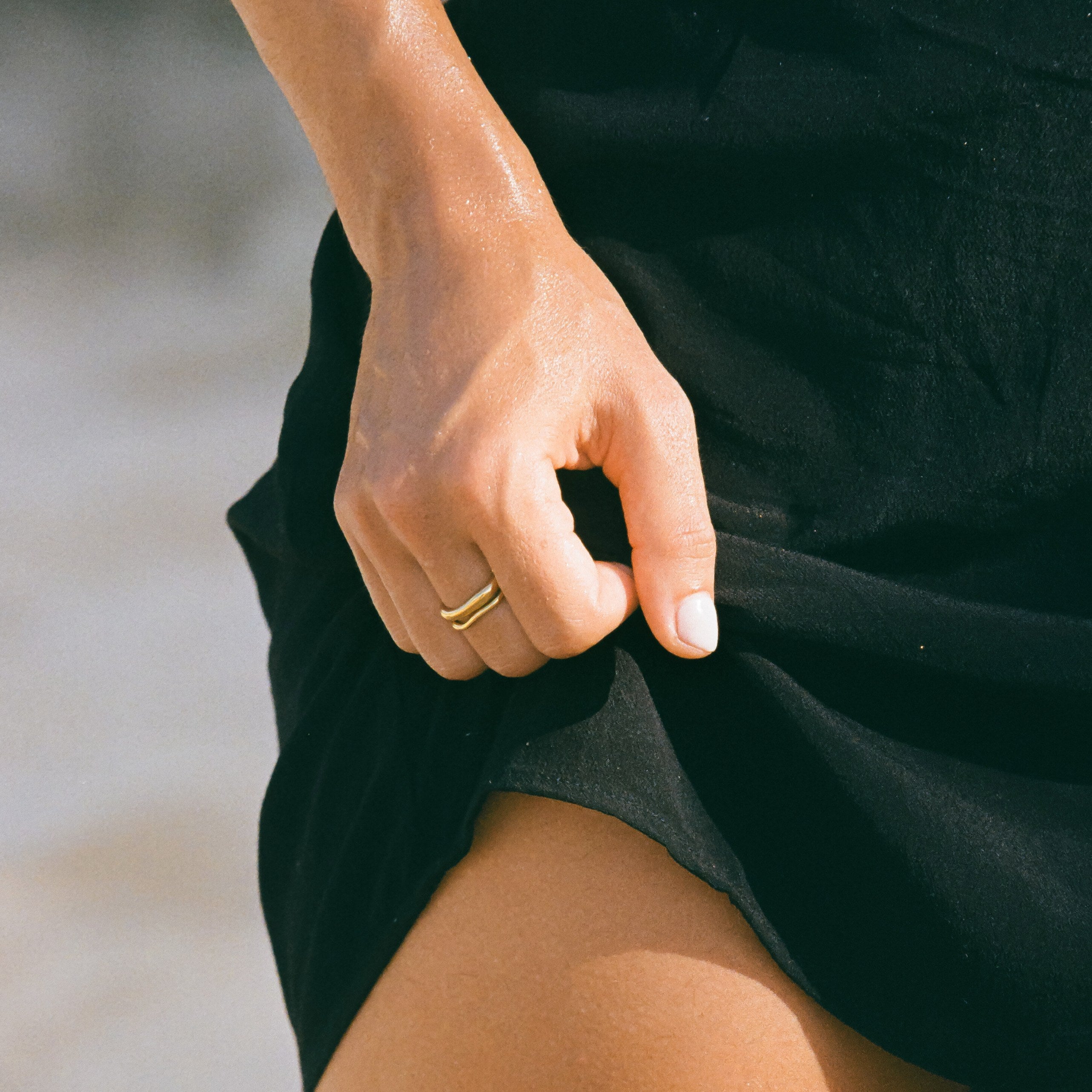

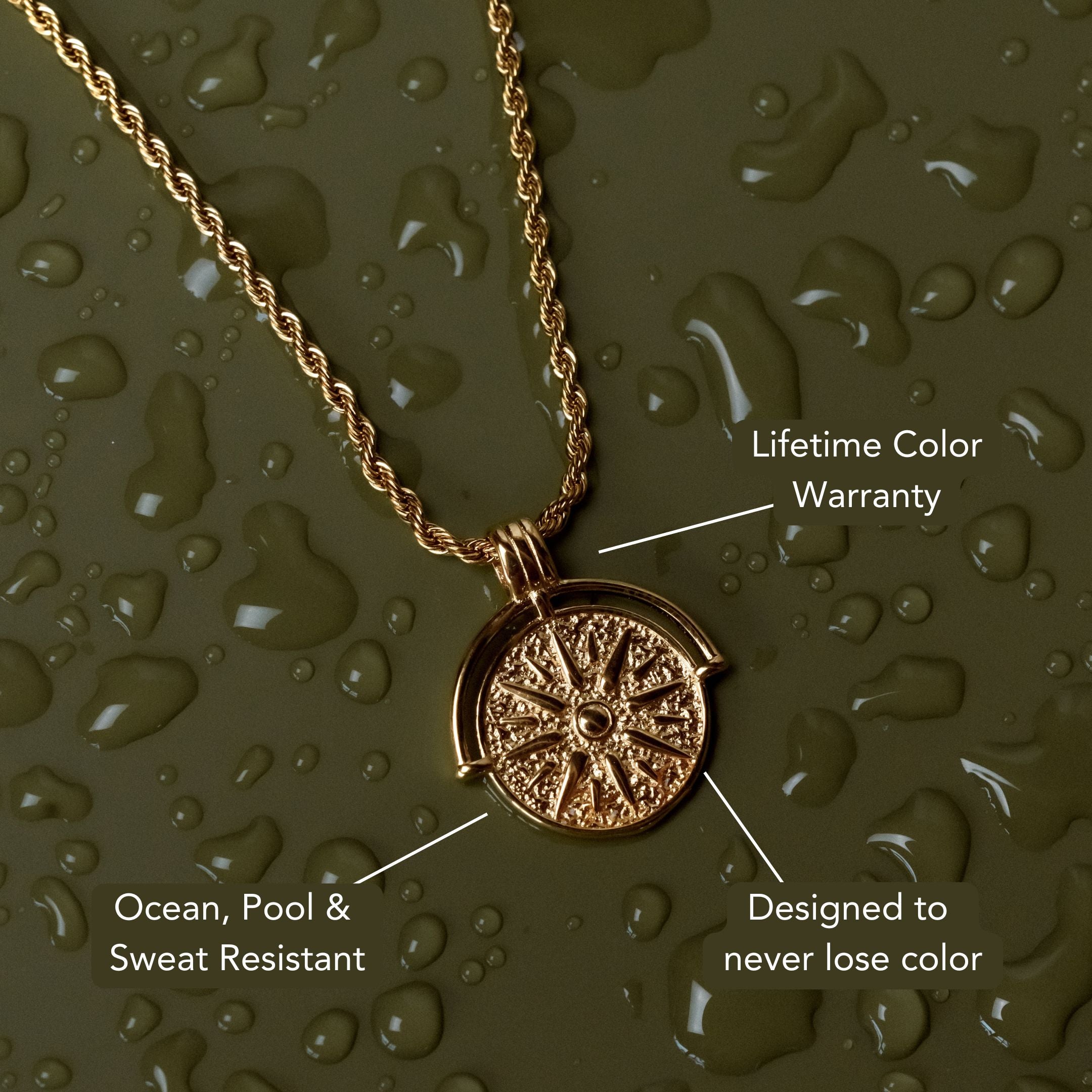

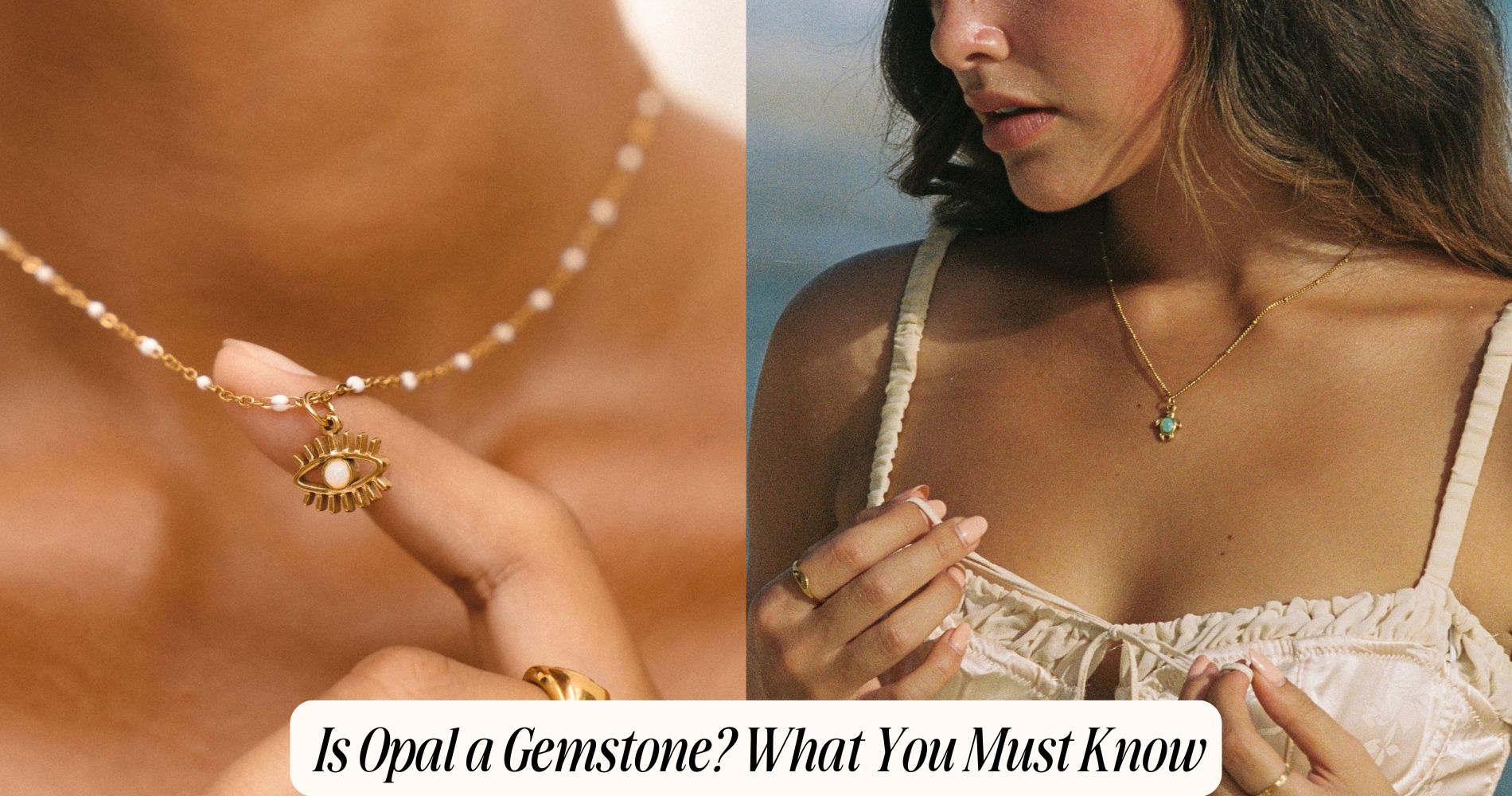




Leave a comment
This site is protected by hCaptcha and the hCaptcha Privacy Policy and Terms of Service apply.